Last year, The Church of Jesus Christ of Latter-day Saints announced they will cancel more than half of their religious pageants across the country. The already affected pageants included Clarkston and Castle Valley. The two most famous, the Manti and Hill Cumorah, will end later this year and in 2020 respectively.
The reasoning is in the church’s desire to redefine learning about its teachings in a different, closer atmosphere. “Local church leaders and members are encouraged to focus on gospel learning in their homes and to participate in Sabbath worship and the church’s supporting programs for children, youth, individuals and families,” a press release from the church said.
Pageants have been a serious, long-running artistic form for the church. Since the early 20th century, they have been viewed as facilitating the modern entryway of the nation’s art — unwrapping its creative markers that would be uniquely American. The Hill Cumorah, for example, first opened their show curtains in 1937.
The pageants have long been etched into the church’s culture and their member’s memories. Many recall the large-scale production efforts and an intensive commitment to producing a consistent show that typically runs for two weeks. Some former attendees remember the awkward retelling of the stories in the Book of the Mormon, however, specifically the portrayal of Native Americans, referred to as the Lamanites in the past.
Sarah Newcomb was a devout member of the church. Describing herself as a seventh-generation Mormon from her father’s side, her family participated hugely in the social sphere of church life, including attending the LDS pageants. Newcomb identifies as Native American and is a member of the Tsimshian tribe in Alaska.

Newcomb was raised in an environment where identifying as a member of the church was more insightful and productive than learning about her indigenous background. “I was raised with the belief that Native American cultures had turned away from God,” she said. “That our dancing and our heritage or cultural traditions were, you know, remnants of those people.”
Back in 2012, while pregnant with her fourth child, she was on bedrest and remembers researching online, out of boredom, about seated questions she had about polygamy.
Shortly afterward, it led to learning more about the Doctrine and Covenants, to questions about her identity as an LDS Native American from online sources outside of the popular church sources like BYU.org and LDS.org. Learning about the outside material that questioned her faith prompted her to leave the church.
When attending pageants with her family, Newcomb said it wasn’t until junior high when she felt uncomfortable about how white actors would dress up in costumes that alluded to Native Americans, or the Lamanites. Then while attending college, she attended another pageant and quickly became angered about the underlying narrative she believes portrays Native Americans in an unflattering and ahistorical light.
“There’s something about seeing people dress up and play Native Americans and then connecting the storylines to the downfall of the people,” she said. “The downfall is the Book of Mormon claiming that it’s our evil ancestors that caused so much death as if Native Americans caused their own genocide.”
She believes the reason why the church is phasing out the popular pageants is due to the oddities found in the storytelling about Native American people, which wouldn’t fare well in our very public era. Newcomb also thinks it’s also simply not worth spending large sums of money on a fading cultural activity anymore.
After leaving the church, her husband shortly left as well. She appeared on John Dehlin’s Mormon Stories, a controversial podcast exploring the LDS faith in different intersections such as feminism, immigration, church politics and its relationship with Native Americans. Its controversy derives from discussing these affairs from an ex-Mormon framework. She now runs a website called Lamanite Truth for people like her who are curious about the church.
Daniel Yeager, a University of Utah alumnus in electrical engineering, grew up in a devoted LDS household and attended both the Manti and Hill Cumorah pageant as well.
He recounts how sophisticated and large the production was for the Hill Cumorah, which draws an average of 100,000 attendees each year. “I think the production was really well done, [the] costume design looked really cool. Production to me as a six-year-old kid, I thought was pretty impressive,” Yeager said. The pageant is held in the area where church members believe Joseph Smith met with Moroni in 1820.
Yeager left the church shortly after receiving his missionary call, which he declined to serve. He said that looking back as an adult, “the split between the white Nephites and the dark-skin Lamanites, I think that certainly, it was a white view.”
In regards to the recent announcement from the church about phasing out their pageants, Yeager believes it could be more than transitioning the open display of their teachings to more intimate spaces.
“I would assume that that seems like a public relations move,” he said. “It seems like they’re trying to remove themselves from the public eye and their representations of how they portray Native Americans and their view of how Native Americans came to America in the first place.”
This article is part of the Poynter College Media Project. Click here for more stories and information on the topic “Are U Mormon?”







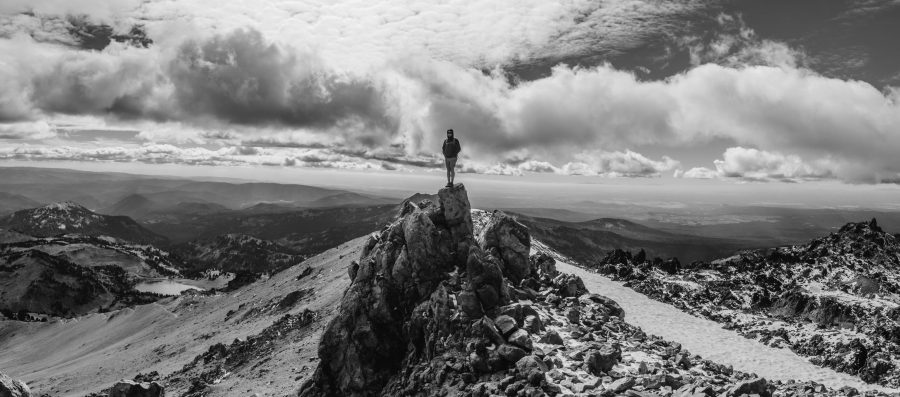
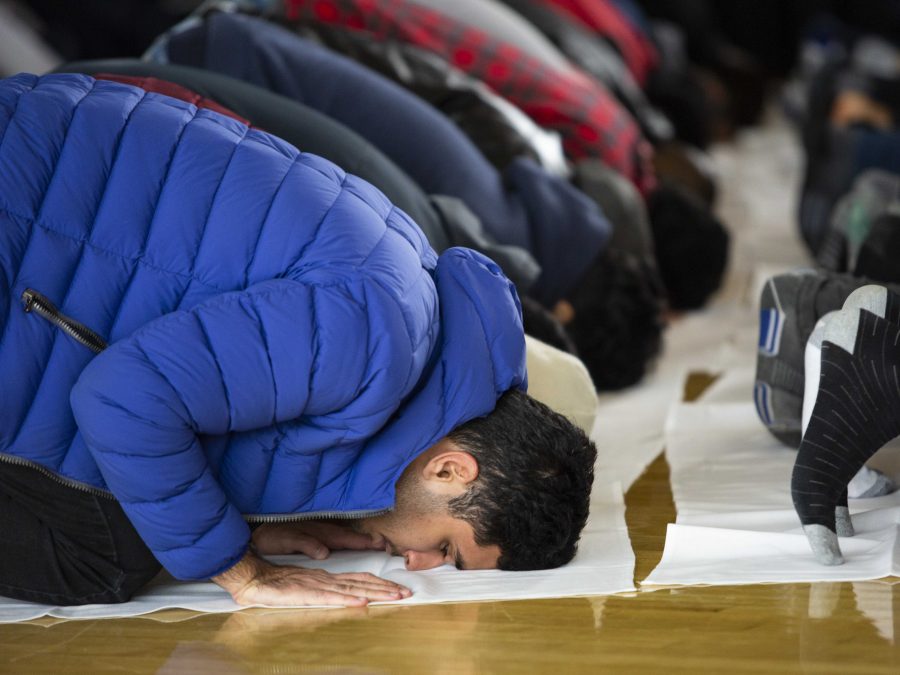
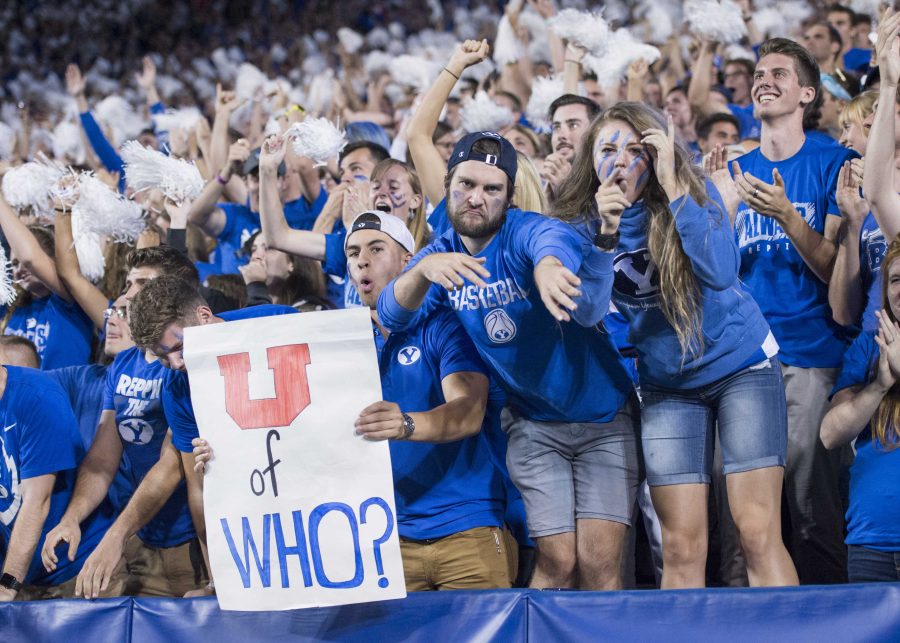
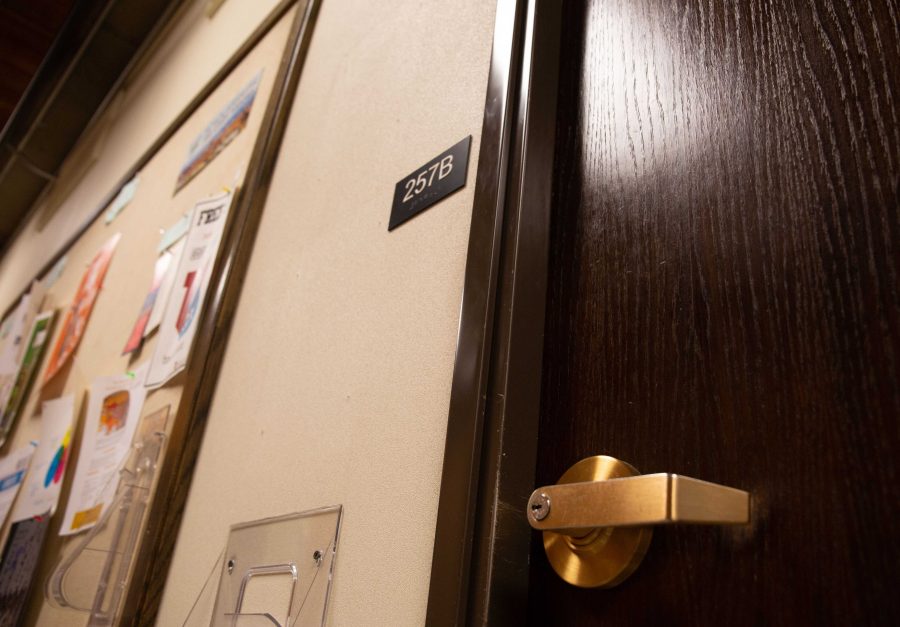
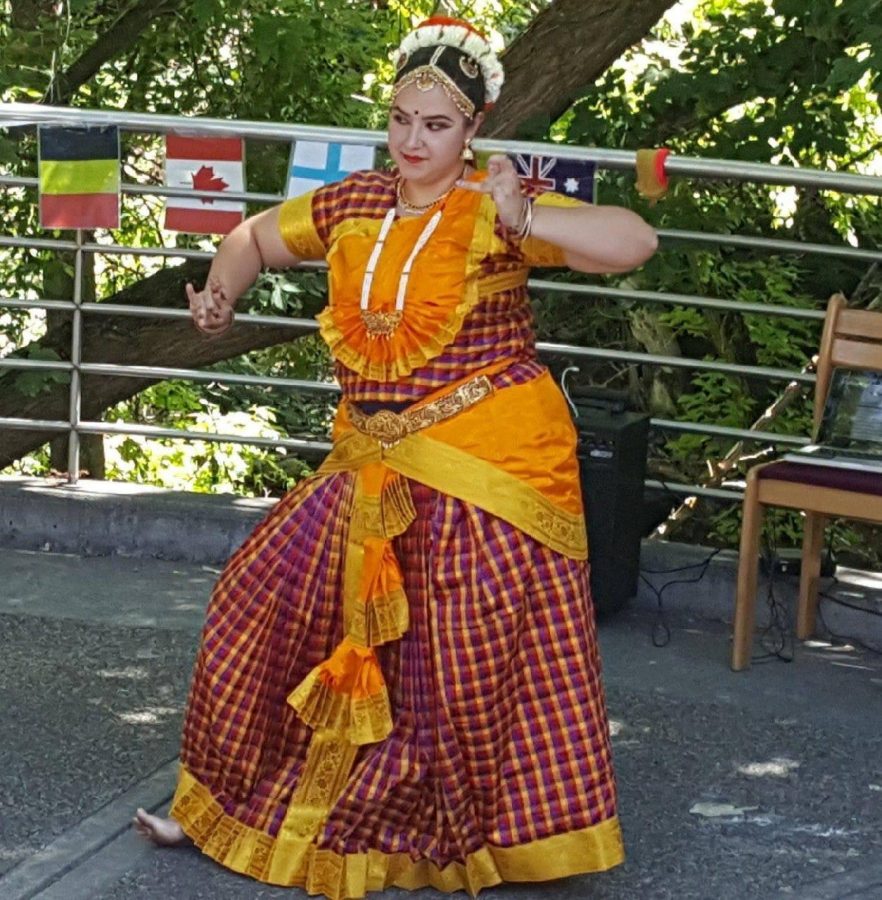





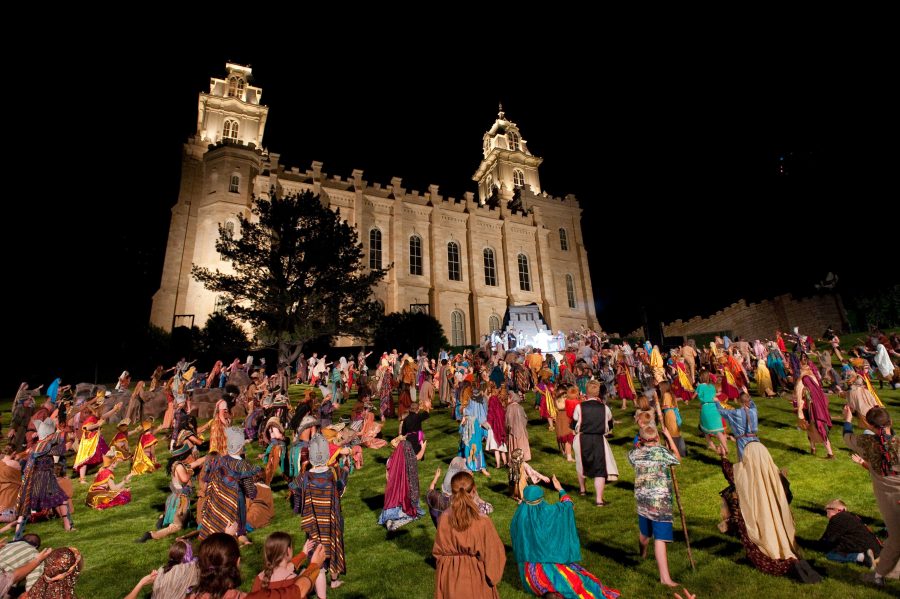
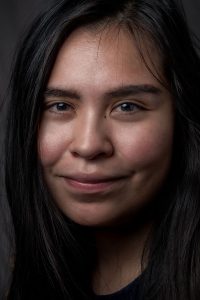
Ruth • Sep 5, 2020 at 2:37 am
Big shame. We do all the other activities all year long. Was very nice to have a pagent, especially on the East coast, for members to gather and experience a large faithful crowd in a festive setting. Going there was helpful in my conversion. I haven’t felt that energy in any local DC area activities. Mostly because there aren’t any. There is a feeling among converts that we missed the hey day, the good old days, and are left with wards that are burned out, stagnant and shrinking.
GP • Apr 7, 2019 at 8:59 pm
I thought the article had a quite clear conclusion, that I also found very astute and insightful with thoughts on the possibility of the PR concerns possibly being a factor in the decision to cancel the pageants. PR concerns regarding primarily white actors portraying Lamanite/Indian/Native American characters, where those characters are generally portrayed as the fallen/cursed/evil bad guys of the story. Not a very sensitive or insightful position on several layers. My thanks to the author for the insights to a Native American perspective of the pageants.
M. E. Jackson • Mar 26, 2019 at 3:51 pm
So…the Book of Mormon does not tell a true story? Or it is told from an unacceptable, or politically incorrect point of view. Or The Book of Mormon says that Native Americans are bad people? Or God has been wrong about the Lamanites all along, or they did not become what we call Native Americans? I’m totally confused about this. Just as God’s children do wrong things sometimes in the 21st century, I have always assumed that people of long ago also had human frailties. Can someone explain to me what is being said here? Thanks. I truly would like to understand what someone’s objection to this book, which is sacred to us, is about. I would appreciate any respectful enlightenment. Thanks.